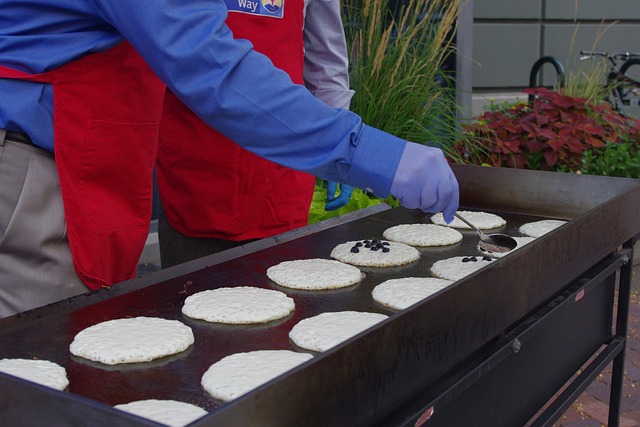Why Does Food Burn On The Edges Of The Pan?
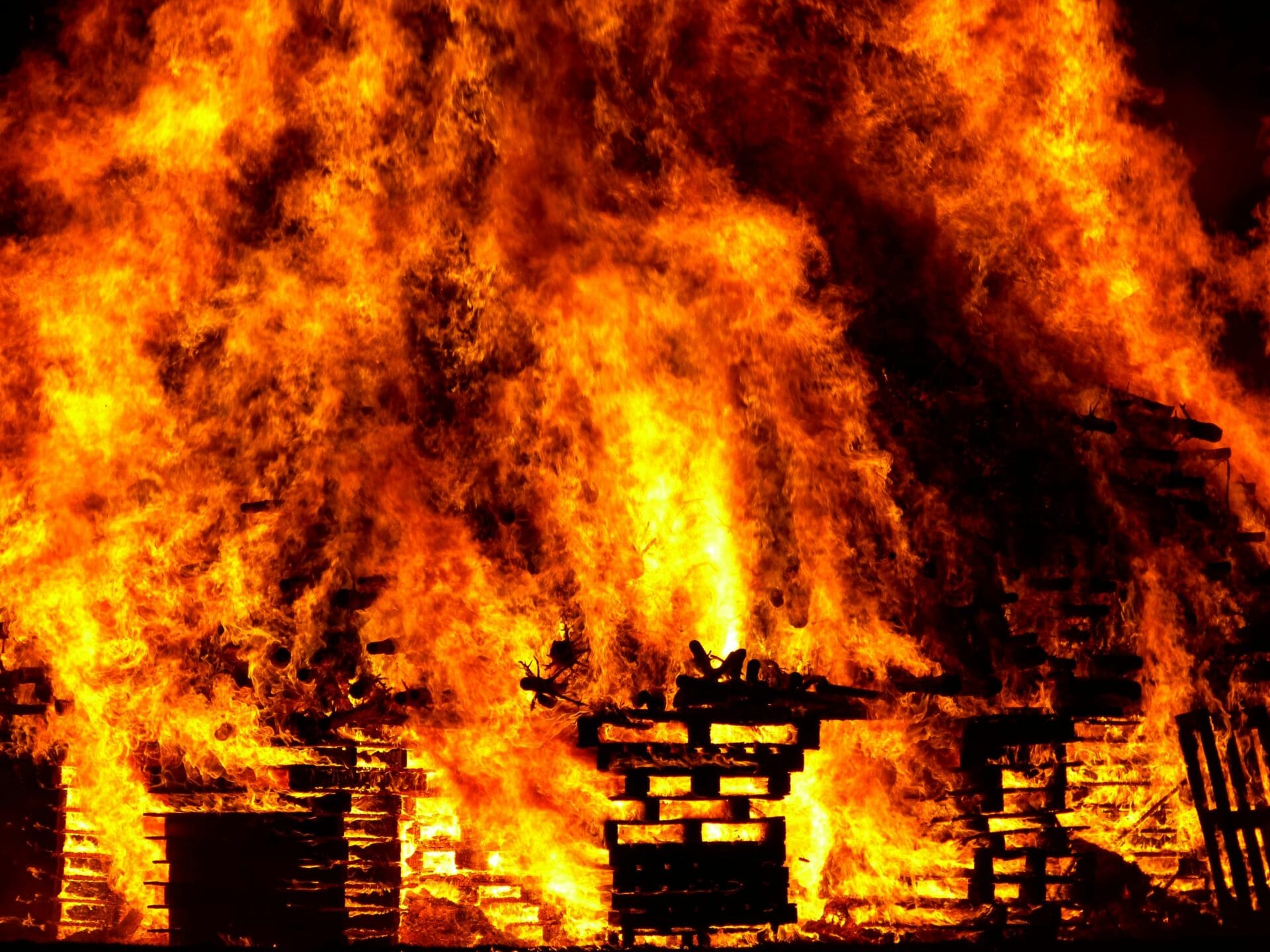
Have you ever found yourself frustrated by burnt food, particularly around the edges of the pan? It’s a common issue, but why does food burn on the edges of the pan? Understanding the science and techniques behind cooking can help you avoid this problem in the future.
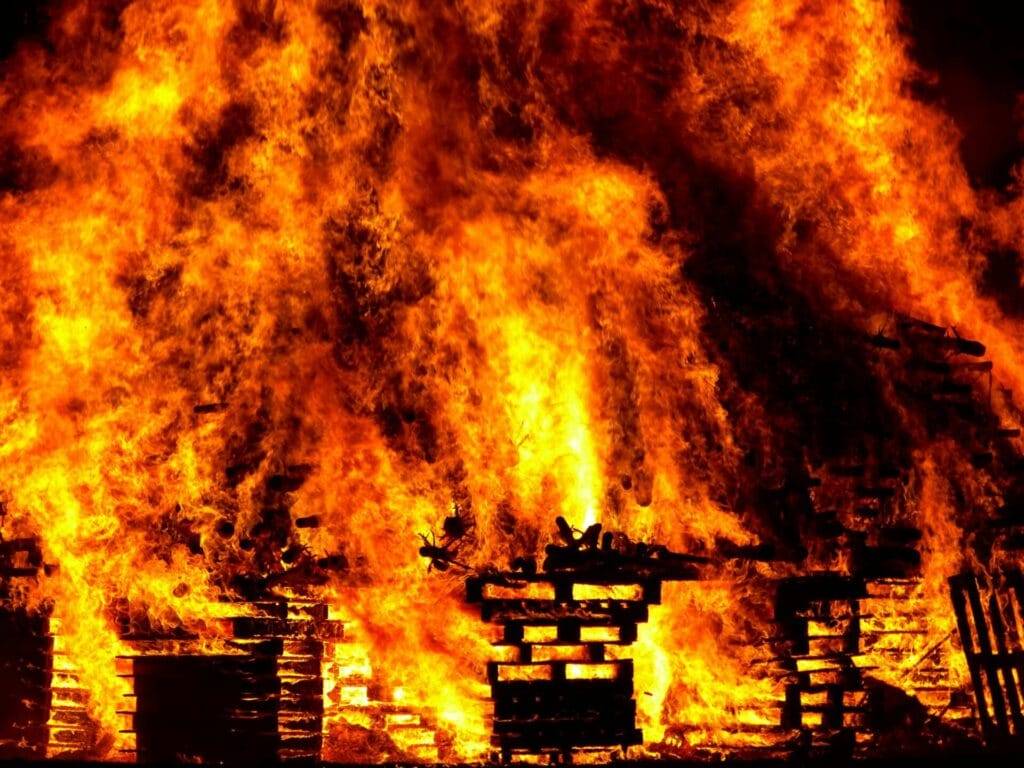
The Basics of Cooking Heat
When you cook, heat transfers from the burner to the pan and then to the food. The way this heat is distributed can significantly impact how your food cooks and whether it burns.
Direct vs. Indirect Heat
Direct heat comes from the burner and is transferred directly to the pan. Indirect heat, on the other hand, is when heat is distributed more evenly, often used in techniques such as baking.
The contact point between the pan and the burner can create hot spots, particularly if the pan is made of materials that conduct heat unevenly.
Conductive Materials
Different pan materials conduct heat differently:
| Material | Heat Conductivity | Pros | Cons |
|---|---|---|---|
| Stainless Steel | Moderate | Durable, non-reactive | Can hot spot easily |
| Cast Iron | High | Retains heat well | Heavy, slow to heat up |
| Copper | Very High | Excellent heat conduction | Expensive |
| Aluminum | Good | Lightweight | Can warp under high heat |
When cooking with a pan that conducts heat poorly, like stainless steel, you may notice the food burn on the edges of the pan where the heat is concentrated.
Factors That Contribute to Edge Burning
Pan Shape and Size
The size and shape of your pan play a crucial role in cooking. A larger pan creates a larger surface area, allowing for more even cooking. Conversely, a small pan can cause food to pile up, making it unevenly cooked.
Amount of Food
When you place too much food in the pan, it can trap steam and moisture. This moisture prevents proper browning and can lead to burning on the edges of the pan as the direct heat from the burner continues to cook.
Cooking Temperature
Cooking temperature is perhaps the most critical factor. High heat can quickly burn food on the edges of the pan, especially if you’re cooking delicate items like vegetables or eggs.
Techniques to Prevent Burning
Choose the Right Pan
Opt for a pan made from a material that suits your cooking method. If you often cook at high temperatures, a pan that conducts heat evenly, like copper or a heavy-bottomed stainless steel pan, can help.
Control Your Heat Source
Being mindful of your burner’s temperature settings is vital. Start at a lower temperature, allowing the pan to heat gradually. You can always increase the heat if needed.
Stir and Move Food
Stirring food regularly can help prevent it from sticking to the edges of the pan and allow heat to distribute evenly. Use a spatula to push food away from the edges where it might burn.
Use Cooking Oil
A thin layer of cooking oil can create a barrier between the food and the pan, preventing sticking and burning. Make sure to coat the bottom and edges of the pan before adding food.
Different Types of Cooking Techniques
Sautéing
When sautéing, the goal is to cook food quickly over relatively high heat. The rapid cooking can lead to burning if you’re not careful. Keep an eye on the edges of the food, stirring frequently to maintain even cooking.
Baking
In baking, air circulates around the food, reducing the chance of burning around the edges compared to stovetop cooking. However, uneven oven temperatures can still affect how your dish turns out.
Braising
Braising combines both wet and dry cooking techniques, which helps prevent burning because the food is partially submerged in liquid. For best results, sear food in a hot pan first, then add liquid to reduce the risk of burning.
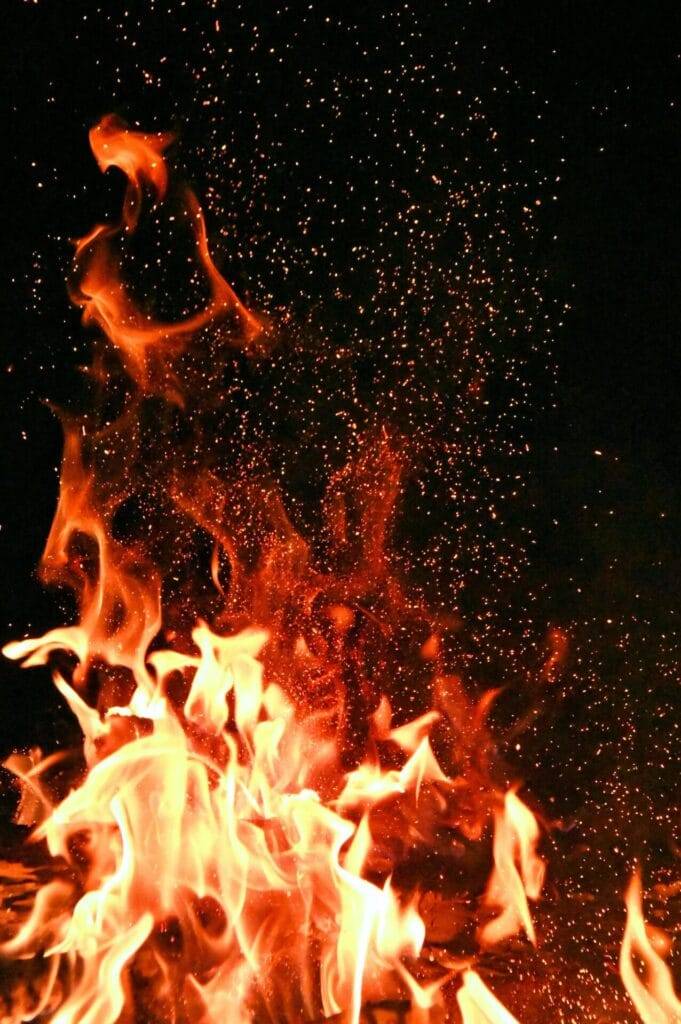
Understanding Heat Distribution
Hot Spots
Not all parts of your stove heat evenly, leading to hot spots where food is likely to burn. Identifying where these hot spots are can help you adjust how you cook.
Even Cooking Techniques
To achieve even cooking, you can:
- Rotate the pan during cooking.
- Shift food within the pan.
- Adjust burner temperatures and placement as needed.
Tools to Assess Cooked Food
Thermometers
Using a food thermometer can help you ensure food reaches its desired internal temperature without overcooking the outside, which can contribute to burning.
Visual Cues
Relying on visual cues as indicators of doneness is important. Look for changes in color and texture, especially around the edges, to gauge when to stir or remove food from heat.
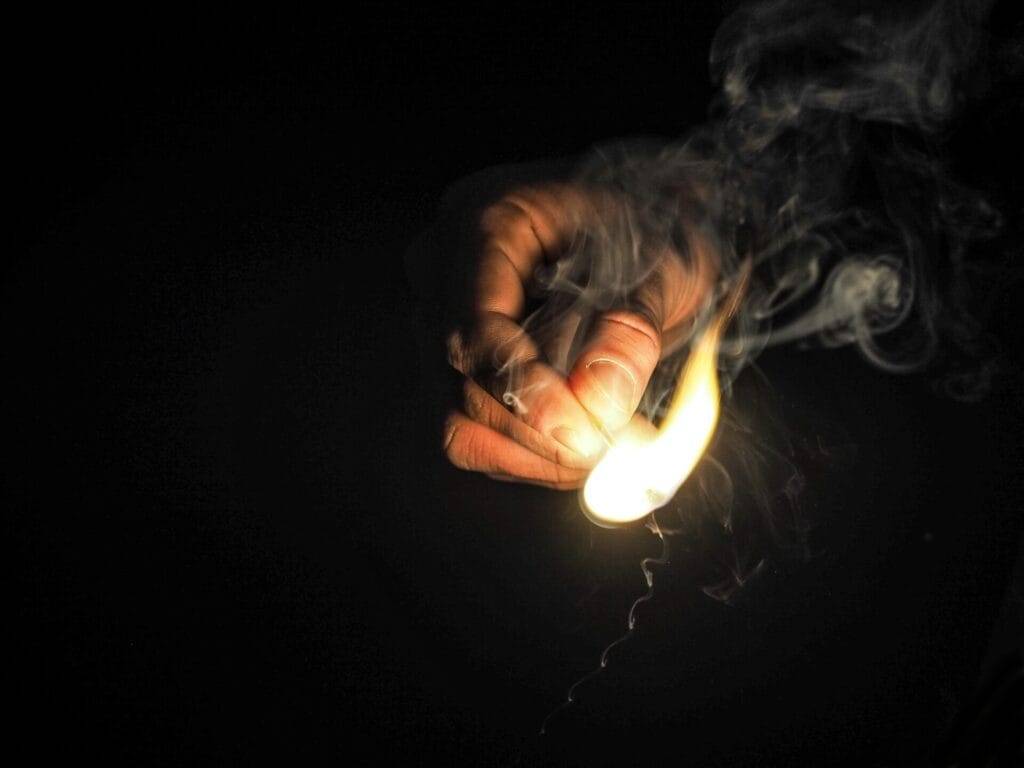
Cleaning and Maintenance
Pan Care
A well-maintained pan retains its heat-distributing properties better. Avoid using metal utensils on non-stick coatings, which can damage them and cause uneven heating.
Cleaning Baked-On Residue
Residue left on the pan can create uneven cooking. Be diligent in cleaning your pans immediately after use to prevent buildup that could lead to burning the next time you cook.
Final Thoughts
Confronting the problem of food burn on the edges of the pan will lead to a satisfying meal, and understanding the key factors at play can give you the tools to cook with confidence.
By considering pan materials, controlling your cooking temperatures, and being attentive to your food, you can create delicious dishes without the fear of burning.
As you navigate the culinary world, remember that mistakes happen—even to the best cooks. Use each experience as a stepping stone to becoming a more informed and skilled chef in your kitchen. You have the tools and knowledge to make your cooking experience enjoyable, allowing you to create meals that delight you and those you share them with.

